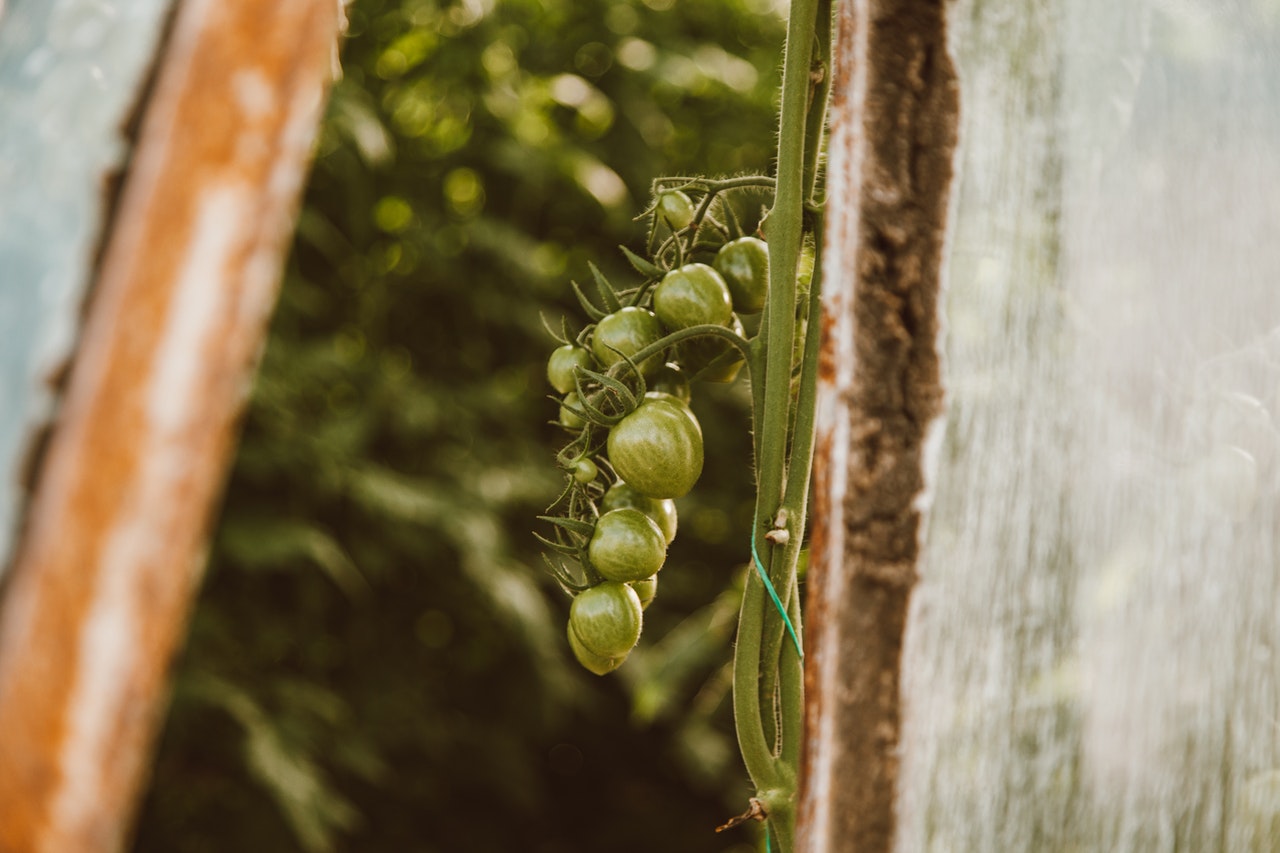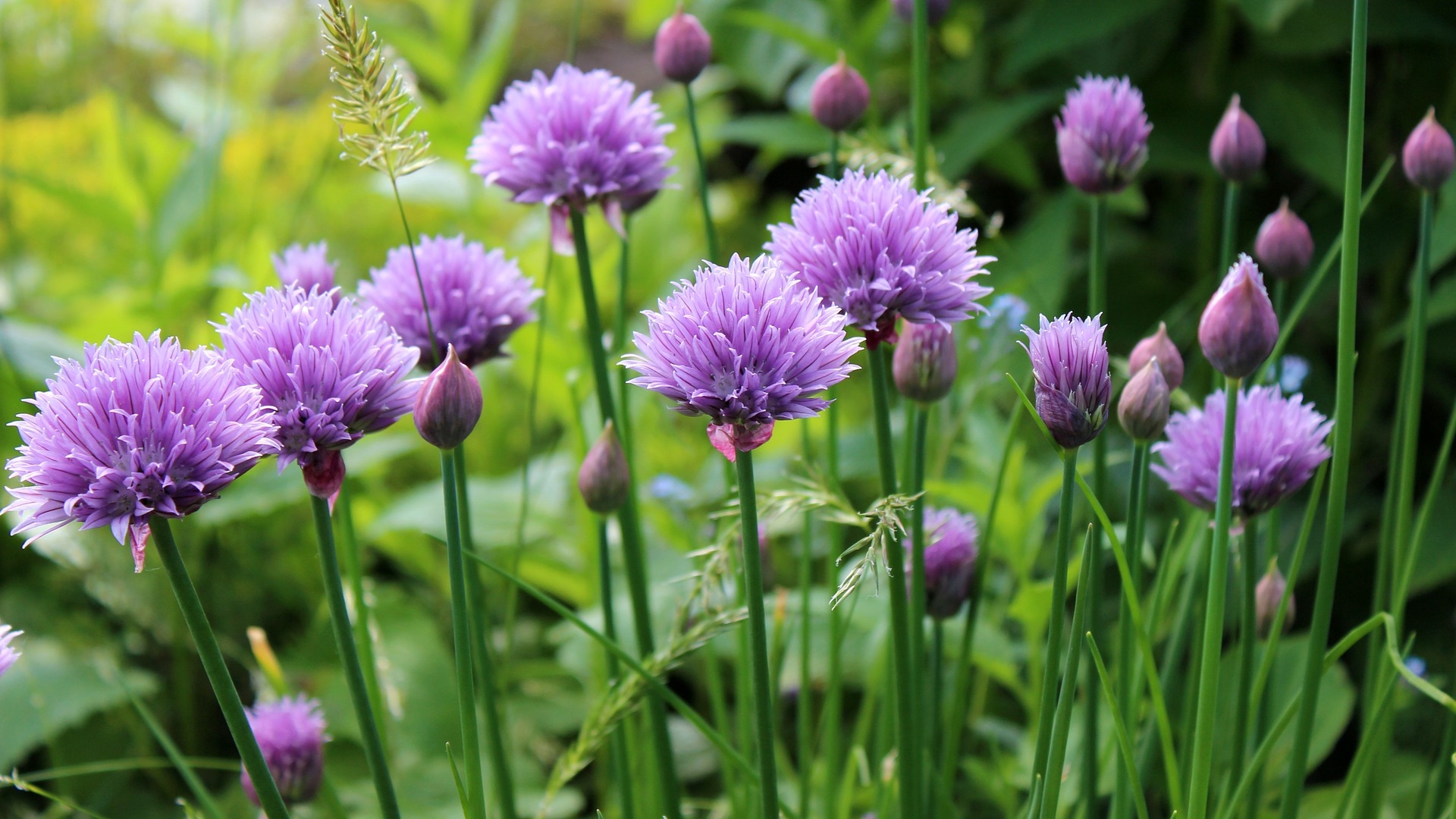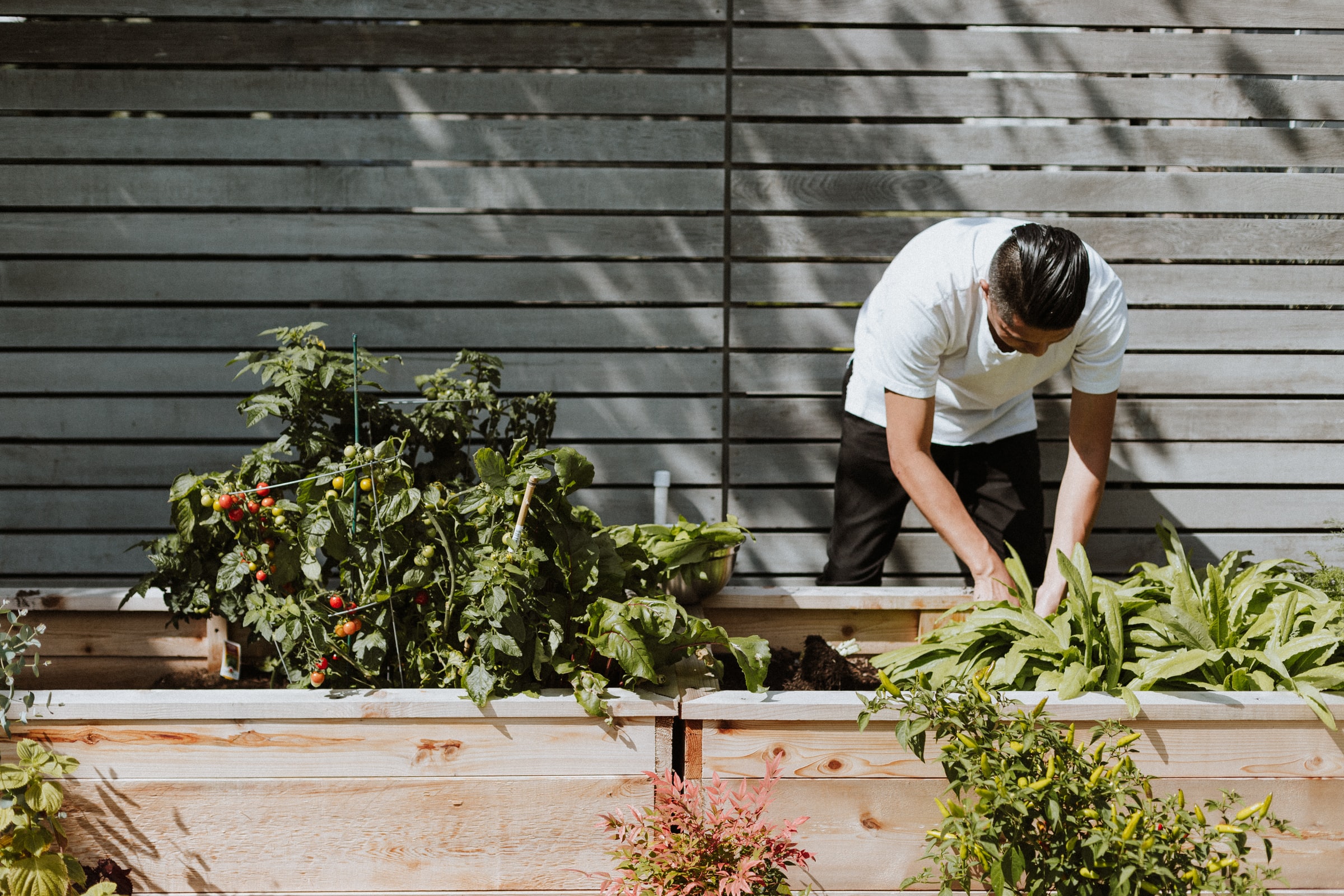4 Steps to Graft Tomatoes
Summary
– Step 1: Select the rootstock and the tomato variety(ies) to be grafted
– Step 2: Make the seedlings
– Step 3: Graft the tomatoes
– Step 4: Take care of the grafted tomato plants
Grafting tomatoes consists of grafting on a rootstock a scion of another variety to obtain plants combining the qualities of both types.
The rootstock is chosen for its robust root system and natural resistance to soil-borne diseases. The graft is selected for its gustative qualities. This way, we obtain more vigorous and productive plants, less prone to infections (except airborne diseases such as mildew).
This article explains step by step how to graft tomatoes.
1. Select the rootstock and the tomato variety(ies) to graft
Rootstock
There are wide varieties of tomatoes that can be used as rootstocks. Most are F1 hybrids:
– Groundforce F1;
– Arnold F1;
– Brigeor F1;
– Maxifort F1;
– Spirit F1, etc.
Grafting
Choose grafting varieties of which you appreciate the gustative qualities particularly.
2. Make the seedlings
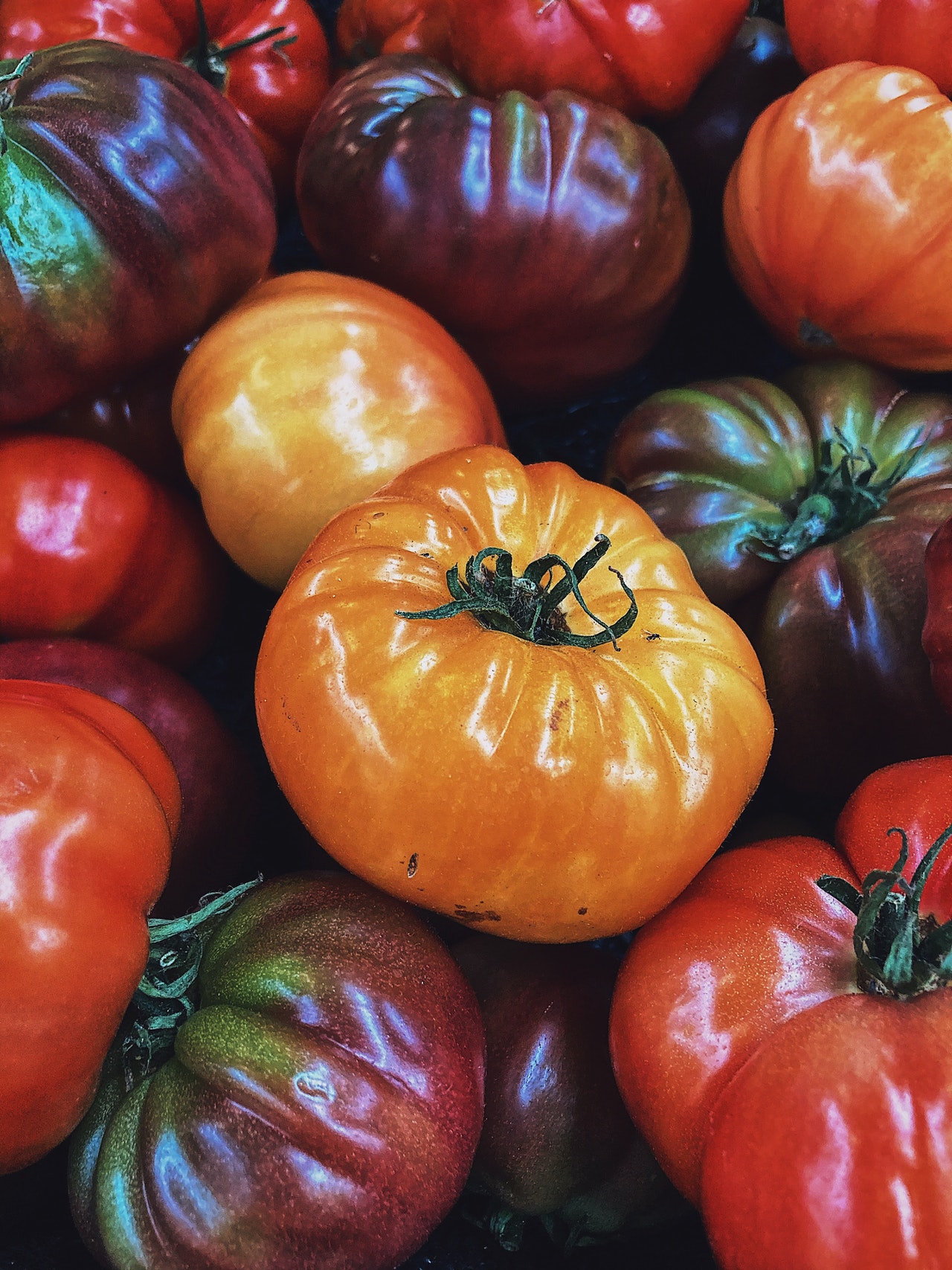
Sow the rootstock seeds first. Early, ideally in February.
Sow in individual pots in a bright, warm environment (24-25°C).
Sow later the seeds of the tomato variety or varieties to be grafted
Sow the tomatoes to be grafted 2 or 3 weeks after sowing the rootstocks. This will allow time for the rootstocks to become well rooted and robust when grafting.
3. Graft the tomatoes
Necessary: do the grafting when the rootstock is at least 1 month old and 15 to 20 cm high.
Prepare the material
Gather:
– A carefully sharpened grafting tool (or a cutter).
– Grafting clamps for tomatoes: these are flexible plastic sleeves with an inner diameter of 1 to 2 mm, to be clipped to hold the graft on the rootstock.
– Empty plastic bottles with the bottom cut off will be used as greenhouses after grafting.
– A spray bottle.
– Labels and indelible markers to label the plants according to the rootstock and scion varieties, if you have several.
Proceed with rigorous hygiene
– Wash your hands thoroughly.
– Disinfect the work table, the grafting tongs and the grafting machine or cutter with bleach before each new cut.
Graft
There are several grafting techniques. The one described below is one of the most common:
– Cut the rootstock at an angle of 45° or 60° (or make a horizontal cut, it’s easier and doesn’t seem to impact the graft set significantly).
Important: cut 3-4 cm above the ground to be sure that the grafting point will not likely be buried. Indeed, avoiding the stem of the graft emitting roots is necessary.
– Place the grafting forceps on the rootstock.
– Cut the scion 1 or 2 cm below the cotyledons (the first two small leaves of the plant) at the same cut angle so that the sections fit well.
– Slide the stem of the graft into the clamp so that the two sections are in perfect contact.
4. Care for the grafted tomato plants
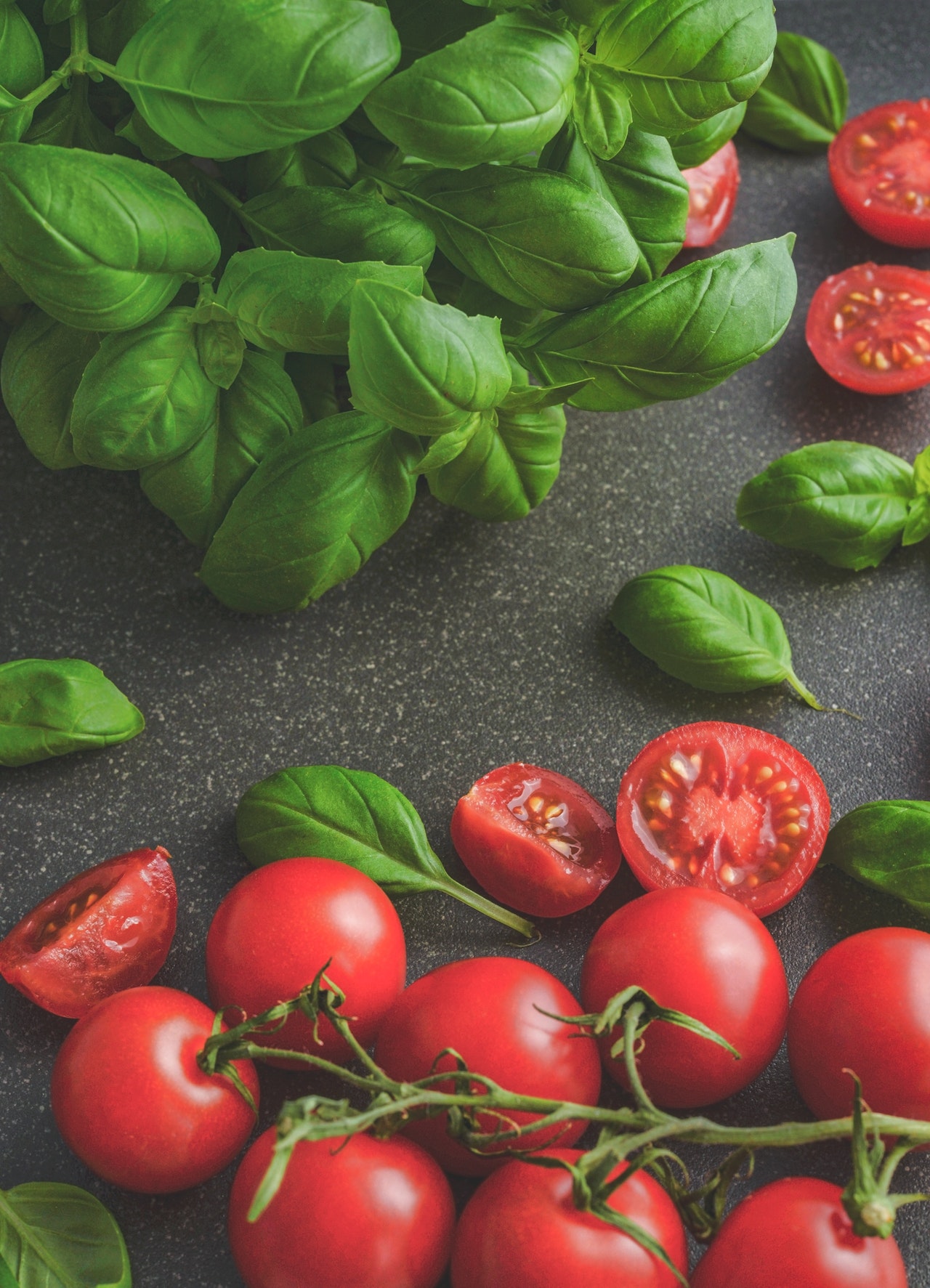
Immediately after grafting, dehydration threatens the grafted plants, which have no sap to feed on until the graft sets.
Avoid dehydration of your tomato plants
When a plant is grafted, mist it immediately before grafting a second plant.
Then mist the inside of a cut plastic bottle and use it to immediately cap the grafted plant: place the bottleneck up, leaving the cap in place.
Protect the grafted plants from too much light
After completing several grafts, place a light cloth (not wholly opaque) over the bottles to protect the grafted plants from excess light.
Continue your care for 10 days
Proceed as follows:
– Each day, for 5 days, mist the grafted plants and the inside of the bottle.
– Leave the fabric covering the bottles in place during these 5 days, which correspond to the time necessary for the graft to take.
– After 5 days, remove the cloth and the cap from each bottle.
– For 5 more days, gradually reduce the misting.
Note: When the grafted plant’s stem grows, the clamp opens and falls off by itself.
Materials needed to graft tomatoes
Bleach
Felt
Grafting machine
Sprayer
Fabric

